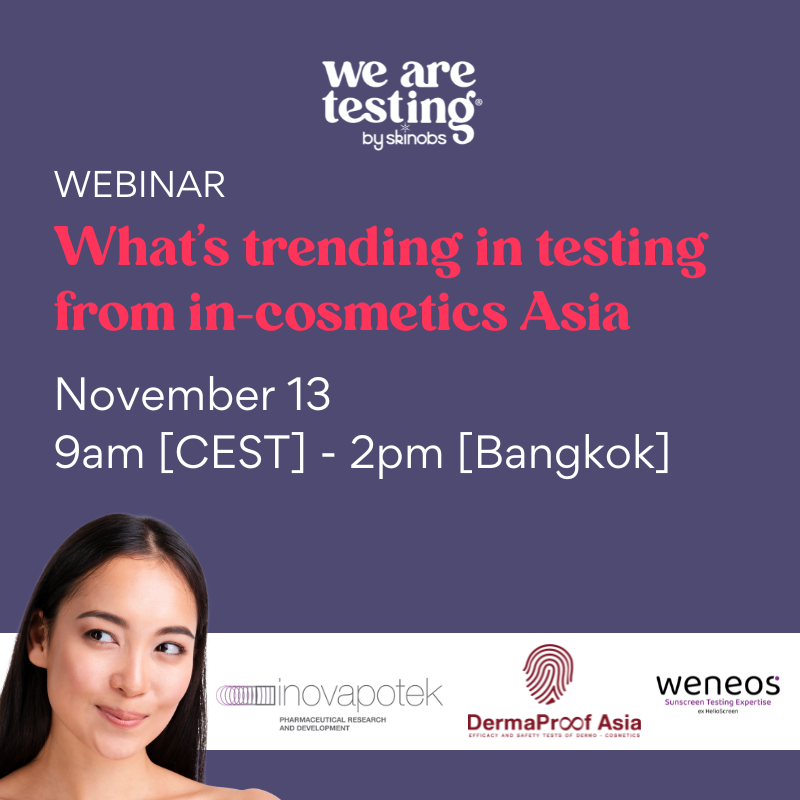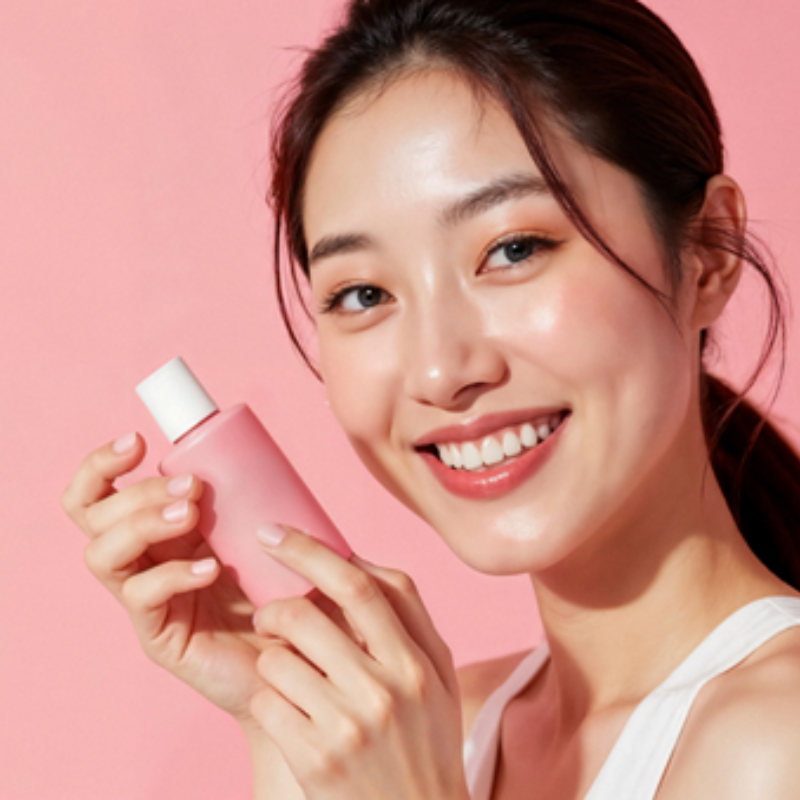It is usually admitted that the Cosmetics Regulations worldwide lay down a general rule according to which cosmetic products placed on the
market must be safe for human health and offer the performance of their promised claims as long as they are used under normal or reasonably foreseeable conditions of use.
Since the 90’s the testing services dedicated to the Beauty market are in the center of the product development from the really first R&D project initiation, the formulation, the regulatory affairs and finally the scientific communication around the safety and the performance of the active ingredients or finished products.
A multitude of drivers influence the evolution of the testing field: technology perspectives, environment… Today we focus on two of them:
- The consumer opinion influence
The testing methods to answer the social responsibility for cleaner and more sustainable products are becoming more and more popular. The tests concerned are the analysis of the endocrine disruptors, other allergens and prohibited components identification, coral reef protection, nanoparticles quantification… Furthermore, more educated consumers need to understand the results of the product performance and directly visualize the effect proof. The images is a good and reliable proof and better explanation than 1000 words. Then to answer the tendency of vegan new tests for in-vitro irritation or even stability measurements recently appeared. Regarding ethical concerns some ethically tricky human testing (UV dose, boarder line…) tend to be replaced by in-vitro or hybrid assays.
- Regulatory aspects
Regulation is undoubtedly evolving at a global level. It follows appreciably the European one, but it is not the reason why the test evaluation technology has grown. It is the demand of brands to stand out from the competition by demonstrating the performance of their products through new technologies that has boosted this sector. And this, with geographically distinct approaches (Japan, Korea, Canada, USA …) and for different claims such as: slimming, anti-wrinkle, anti-aging, deodorants, sun protection, anti-acne, whitening, antibacterial, or all treatments close to medical status. As for China, it was inspired by European regulation, which it reinforces with strong requirements relating to the kind of the instrumentation used to validate claims. It also asks for testing processed by Chinese laboratories.
The booming of preclinical testing
In answer to these trends of the beauty market, the evaluation solutions have evolved particularly for the preclinical assays. These assays gather a big and varied range of tests such as in-silico, in-tubo, in-vitro or ex-vivo to evaluate mainly safety, stability, ecotoxicity, biodegradability, microbiology, content-container interaction, UV protection or efficacy evaluation. This is mainly due to the better knowledge of the skin biological mechanisms and the continuously discover of biomarkers involved in the several cutaneous pathways. It is secondly due to the development of the assay supports that enable to study the products not only on cells and co-cultures (fibroblasts, keratinocytes, melanocytes…) but also on skin 3D models or new organ-on-chip using microfluidic technology that mimicking the skin with epidermis or fullthickness models. In another side, these skin models can offer more complexity to be closer to the live skin with additional annexes like neurons, capillaries, sebaceous glands, hair…
Humans’ evaluation trends
On the clinical evaluation sector, evolution is also important. The inclusivity issue influences the way the products are tested worldwide on several type of skin with multicentric studies. Ethical considerations with less border line human testing are more and more desired by the consumers. The life-style changes due to the environment implies the occurrence of new protocols to substantiate the claims: pollution, blue-light, antioxidant, anti-maskne, sensitive skin. The requests of beauty routine acting in an holistic way help to develop new tests based on the neuroscience approaches. We observe a very strong trend of measuring the emotions. The neurosensory analysis is based on 3 analysis components: expressive, subjective, physiological. Only a multidimensional approach make sense, in addition to the rigor of the protocol and the environment in which it is applied. The latest scientific advances in the field of “affective computing” will probably influence the development of neurosciences.
From a technological point of view, the digital extension, and the generalization of remote meeting in the clinic scorage, consumer tests, the implementation of nomadic measurement protocols modified the protocols routine. The scientific knowledge of the skin, hair, scalp or microbiome, has highly impacted the testing perspectives. New technology of instrumentation arrived on the market like omics analysis, LC-OCT, contactless probes, high repositioning system, 3D Imaging of the skin surface and data acquisition … The I.A and the representation of the results with average faces enable new way to present the results…
At Skinobs we have noted the rapid growth of the testing industry in the recent years. France remains the leader in the testing sector in the world, thanks to the strong evaluation activity carried out by French cosmetics and active ingredients brands. Their position has always been to carry out biometrological and scientific evaluations, in line with the need of innovation. Indeed, test technology are at the source of the product innovation. It improves the level of marketing and communication. It pushes back the limits of claims and raises the level of expectations towards products. What differentiates cosmetic products are of course the active ingredients, the formulation, and the overall proposition, only if claims are proven.
Contact
Anne Charpentier
+33630089098
acharpentier@skinobs.com







